This text aims to put an end to speculations, fictional events, and distorted historical facts. It contains the complete truth about how the Karadjordjevic Royal family became part of the Cartier family.
The text presents evidence!
The tumultuous history of the Serbs begins with the choice of a geographical location for settlement. Over the centuries, rulers, kings, and emperors who sowed fear and terror have changed in this region, setting an example of how (not) to govern. A particularly turbulent period begins in 1903 with the May Coup and the violent seizure of the throne from the Obrenović dynasty. From the perspective of today, this moment was a revolution in every sense. A transformation and a new beginning or the beginning of the end.
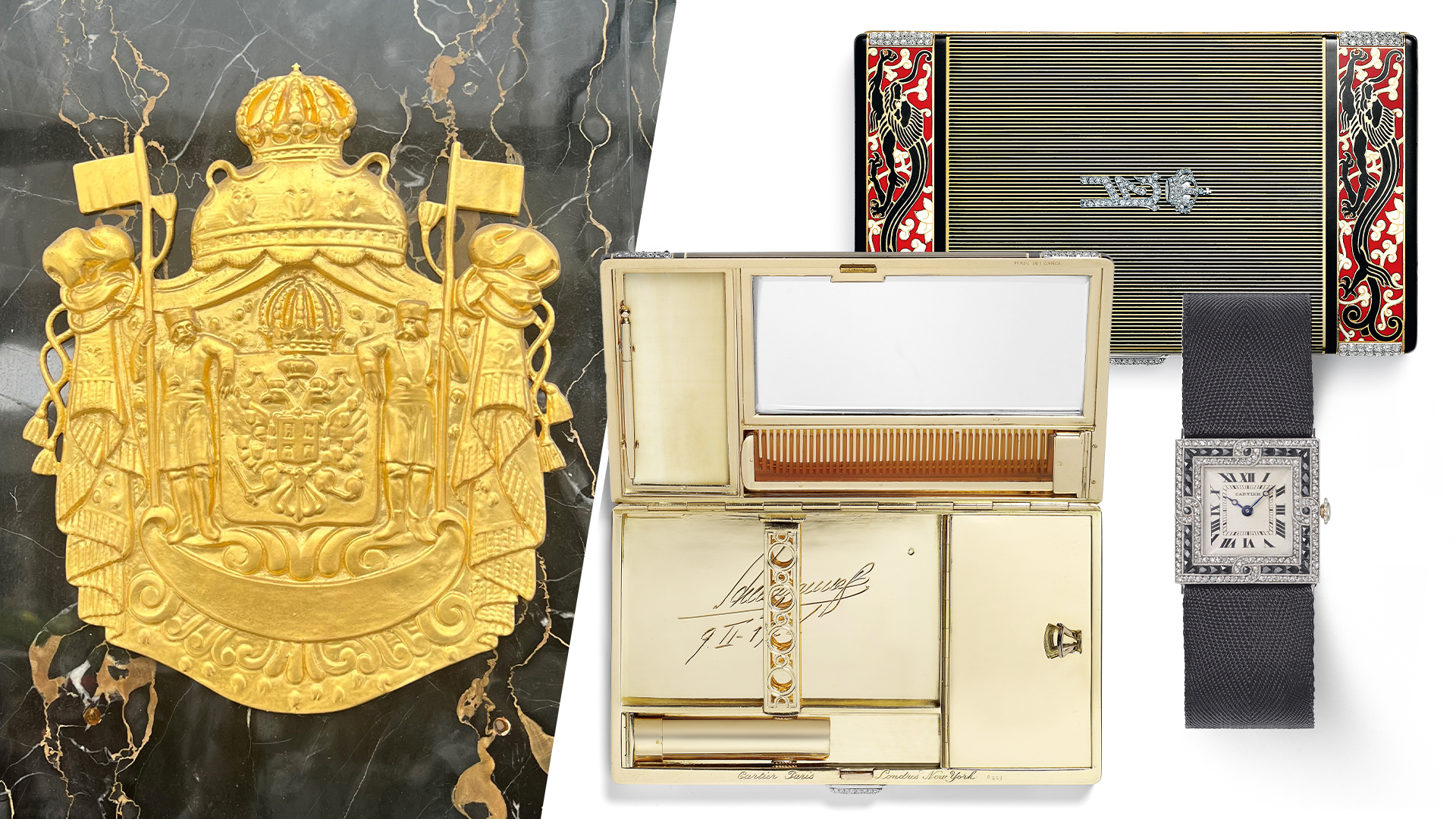
You may wonder why there is such a historically scattered introduction in a text that is supposed to be about watches. Or at least it should be?! I must start from some beginning because the story of the Karadjordjevic dynasty has several starting points in Serbian history. Let’s consider that this is precisely the (important for this text) beginning that occurred on the night of May 29, 1903 (June 10 and 11 according to the new calendar). Peter I Karadjordjevic ascended to the throne the same year and ruled Serbia (in two different forms and names) until his death on August 16, 1921.

His reign brought many changes, especially to Belgrade, where he was born and where he died. Belgrade was established as the center of this part of Europe already at that time because the king had an open mind and allowed foreigners to settle in the Serbian capital and embark on significant projects. Year after year, Belgrade became economically stronger and more attractive for foreign residents. Suddenly, it positioned itself as a city with a high quality of life and an economic center of Southeast Europe.
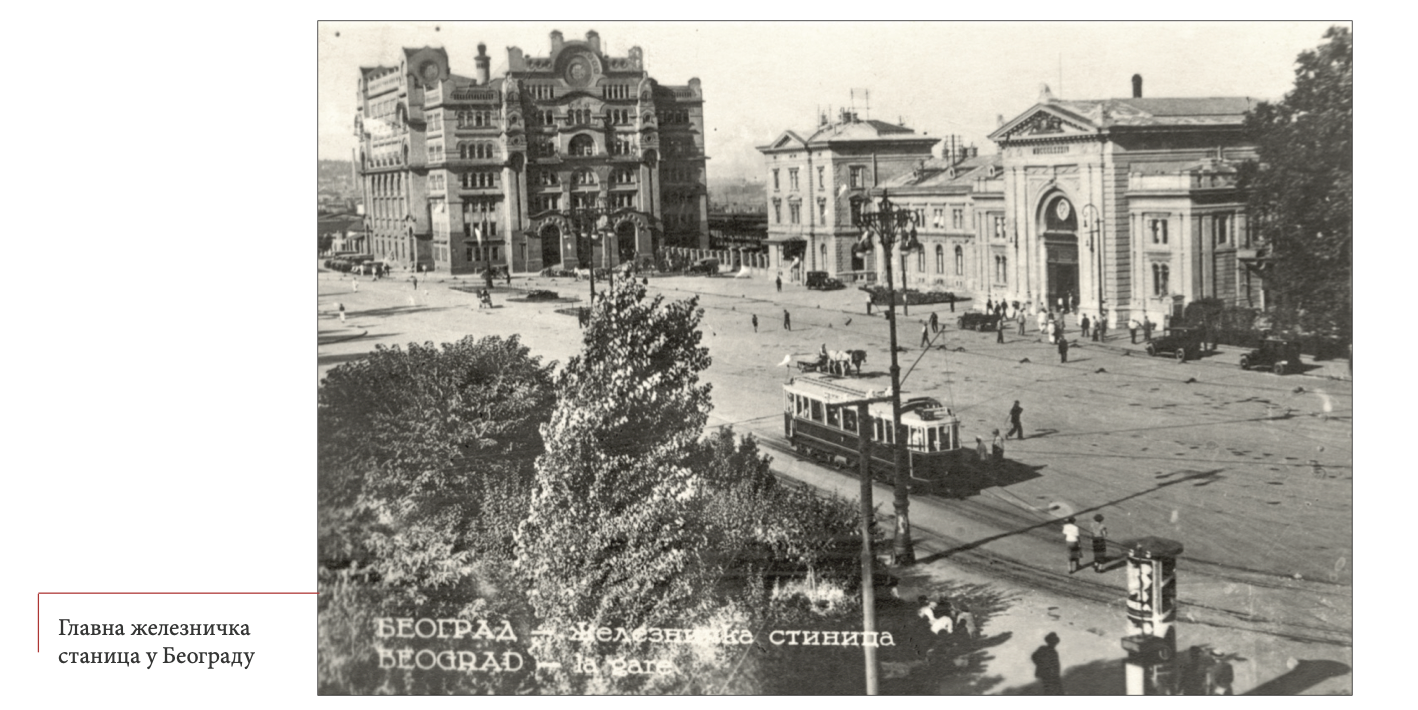
The first ten years of Peter I’s rule were excellent. He proved to be a true unifier and was considered an influential European figure. This was evidenced by his friendship with Imperial Russia and the most prominent dynasty of the time: the Romanovs. Simultaneously, as these families were growing and strengthening on the other side of Europe, another dynasty of luxury was rising. The dynasty that is known today as Cartier!

In Western Europe, the mentioned years were not as tumultuous, and the economy was thriving. Cartier was established as a jeweler in 1847 by Louis-Francois Cartier (1819-1904) in Paris, and the first boutique was opened as early as 1859. The opening of the first significant boutique, the largest at that time, had to wait until 1899. It is still located in the same place, 13 Paix – Paris, and has recently been renovated. If you ever visit Paris, make sure to pass by this boutique and stop. Stand still and observe the black marble facade with golden emblems.

You will notice in all its splendor the golden emblem we know. The Grand Pavilion Emblem of the Royal Family of Karadjordjevic of Serbia (source: royalfamily.org – contemporary heraldry of the House of Karadjordjevic) is full and the only correct name of the emblem you will see. Proudly, alongside the emblems of the royal and princely families of Portugal, Italy, Egypt, Siam, Greece, Spain, Monaco, Belgium, and Romania, the emblem of Karadjordjevic stands at the entrance to Cartier’s first boutique as a sign of gratitude.
Two Serbian peasants with their traditional caps on their heads and their rifles slung over their shoulders proudly hold the Serbian flag and guard the emblem with a crown and two royal eagles, on whose chests the emblem with four S is protected. An act of great honor!
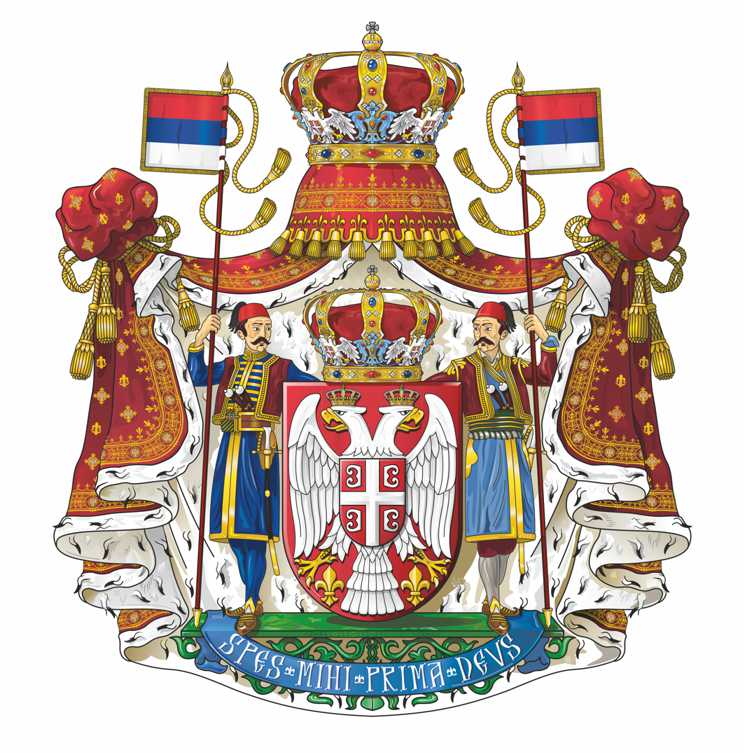
But why does Cartier feel the need to show such great honor to someone? How did a Serbian family manage to be written in golden letters in the history of one of the most famous luxury brands in the world? Where is the evidence of their collaboration?
This text is just beginning now. Only now will you get answers to the questions posed and much more. Finally, I will put an end to the topic I have been researching for three years, which has intrigued not only Serbia but the entire region. After my initial research on this subject and the published video, something was still missing. I won’t lie; a lot was missing. To start with, when did it all begin?
The Jubilee of 10 years of rule
Yes, precisely 10 years of ruling the Kingdom of Serbia. By chance or with intent, Cartier begins its collaboration with the Karadjordjevic family in 1913. Whether King Peter I wanted to celebrate ten successful years of ruling the kingdom this way or simply wanted to follow in the footsteps of his friend from Imperial Russia, we will never know.
Let’s go back nine years. In 1904, Cartier was granted the title of official jeweler of King Edward VII! The king was delighted with their jewelry and famously said, “Cartier is the jeweler of kings and the king of jewelers!”. In the same year, Cartier created the first wristwatch, the Cartier Santos, which is the longest-running serially produced watch in the history of horology. A remarkable 119 years!
Five years later, in 1909, Cartier opened its first boutique outside of France, in London. I mention this because, from the context, it is evident that the early 20th century was excellent for Cartier, which, besides jewelry, began producing exquisite wristwatches. It was an enthusiastic and fruitful period for them. They were ready to conquer the world!
At the beginning of the 20th century, there were not many powerful royal dynasties. After the English monarchy, Cartier, buoyed by the title bestowed by King Edward VII, managed to start collaborations with other major kingdoms of the time:
1904 – Kingdom of Spain
1905 – Kingdom of Portugal
1907 – Imperial Russia and Nicholas II Romanov
1913 – Kingdom of Serbia and Peter I Karađorđević
This list continues and is updated with each new dynasty that ascends the throne. According to official records, Cartier has collaborated with 16 royal families worldwide, with the last one being from Monaco. Prince Albert II granted Cartier the rights to be their official court jewelers in 2011.
Let’s return to the Cartier-Karađorđević relationship. It is my privilege to be the first in the world to announce this fact – the official contract between the owners of Cartier and the Kingdom of Serbia, written in French and signed by the Regent’s Court, specifically the Marshal of the Court. The translation of the contract is below the image.

TRANSLATE
With the highest approval of His Majesty King Peter of Serbia,
The Marshal of His Majesty’s Court grants to Mr. L. I. Cartier, owner of the jewelry store in Paris, the title of court jeweler. The right to bear this title, based on the decree on court titles from March 15, 1904, will last as long as the owner of the store and his lawful heirs maintain the store at its current prestige and personally manage it.
No. 61,
September 11, 1913,
In Belgrade
Regent’s Marshal,
adjutant of His
Majesty the King
Signature:
From the attached photo and the translated contract, I conclude the following: King Peter I empowered his adjutant and Marshal of the Court to conclude a cooperation agreement with Cartier for the title of court jeweler (the king was 69 years old at that time). This actually means that from September 11, 1913, Cartier became the official supplier of the royal family with all necessary court items of great importance. This did not only include watches, as it was the early 20th century, and some other items took precedence in possession. Particularly important were pieces of jewelry, as Cartier made tiaras worn at the court, brooches, necklaces, earrings, cigarette cases, both wrist and pocket watches.
From the contract, which has never been published on the Internet ever before, it is clear that the Marshal of the Court signed the cooperation agreement with Mr. Louis Cartier, the grandson of the company’s founder and son of Alfred Cartier. At that time, he was the owner responsible for the company’s operations in Europe, and his ultimate goal was to capture the market intended for royalty. He succeeded.
An important aspect of the contract is the narrative in which it is written. Given that it was written from the perspective of the Kingdom of Serbia, reading this contract gives the impression that King Peter I was doing Cartier a favor by allowing them to be court jewelers to the Karađorđević family. This can be clearly seen from the part that says “… will last as long as the owner of the store and his lawful heirs maintain the store at its current prestige and personally manage it.”
Translated = Cartier can hold the title of court jeweler to the Karadjordjevic family as long as they continue to operate at a high level and uphold the prestige they have gained, and that is exactly the quote from King Edward VII, “Cartier is the jeweler of kings and the king of jewelers!” and as long as they are personally in charge. If you want to collaborate with the Kingdom, you have to be the best. Also, it was essential for Cartier to remain in family ownership, which it did until 1964.

This is the first time that proof, which is kept within the Cartier Archive published on some Internet portal. Obtaining this document as a contribution to the text and as evidence that the Karadjordjevic family was significant in the world at that time is of great importance to our portal. I am proud of this moment, perhaps the proudest since I started this job. An invaluable document and an invaluable significance!
The years go by, and Cartier delivers a series of significant gold and diamond items to the royal family. Later in this text, you have the opportunity to be among the first in the world to see how the Cartier items of the Karadjordjevic family look today, as they are part of the Cartier Collection. A moment that will mark the first year of existence of this website (and all the following years) is the appearance of a picture of a wristwatch from 1921.
Read carefully!
Cartier Diamond Tie Pin – 1917
The diamond tie pin ordered by the court of King Peter I Karadjordjevic for his son, then Prince Alexander Karadjordjevic, who was nineteen at the time. The crown prince always wore the Cartier pin in yellow gold on his tie during ceremonial occasions. The pin’s head was in the form of a double-headed eagle set with diamonds and with 4s on its chest.
The Cartier Collection is a collection of very important items that was founded in 1983 and contains about 3,000 priceless historically important objects that have been hidden from the public eye. They are not part of the permanent museum exhibition, but can be seen from time to time at exhibitions organized by important world museums. Since its inception, 39 such exhibitions have been held, the last one in Hong Kong. The last exhibition where some of the items of the Karadjorevic family could be seen was held in 2019 in Beijing.
Cartier Wristwatch – year 1921.
King Peter I passed away in August 1921. Immediately after his death, his son Alexander I Karadjordjevic ascended the throne. In the same year, he ordered a platinum wristwatch set with diamonds and Onyx, my guess, to celebrate the royal crown he received at the age of 23. The watch has a recognizable square-shaped case, but the model did not have a name at the time. Today, it is most similar to the Tank Francaise.

The watch features a diamond-set bezel in three rows: two rows with diamonds and an inner ring in an Art Deco style, filled with calibre-cut Onyx stones. This is the first time I have seen Onyx cut with such precision. In the Cartier Collection archive, this watch is preserved with a black fabric strap. The watch’s buckle is made of platinum with a deployant of rose gold.

The dial is the recognizable Cartier dial in gray with Roman numeral hour markers. The hands are blue in the style of Breguet hands, which were prevalent on the first wristwatches of the early 20th century. The movement is a manually wound one, with 19 jewels and adorned in the style of Fausses Côtes de Genève decoration.
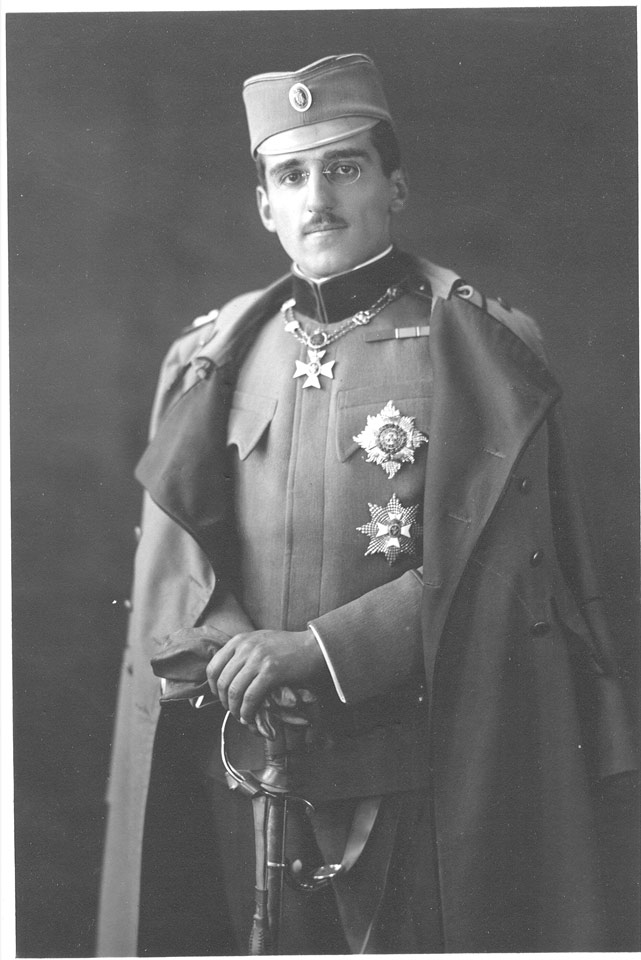
Impressive. This may be the most valuable watch I have written about. Not perhaps, but certainly. Historically, it surpasses everything I have written about so far and have spent thousands of hours on. Try, for a moment, to put yourself in my position, that of a very young person who has been honored with presenting something so big and significant to a wider audience in the Europe, and I can only say that I am proud. I was honored because the documents from this text, which are part of the Cartier Collection, have never been made public before.
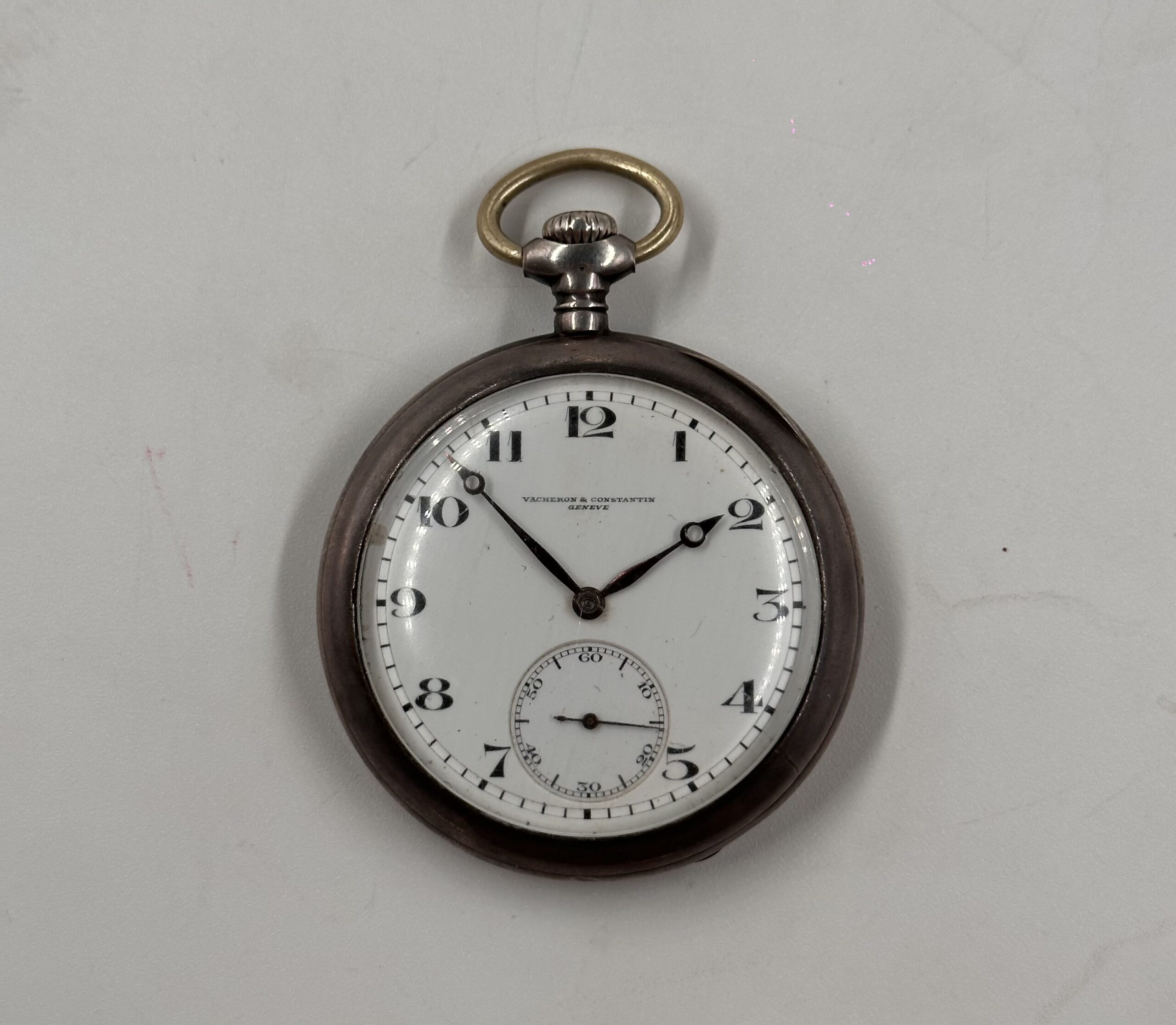

The fact that Alexander I was a watch enthusiast is evident from the fact that he owned both wristwatches and pocket watches from the world’s best companies at that time. Two watches in particular, part of the permanent display at the Museum of Old Watches of the Kingdom of Yugoslavia, support this claim: a gold wristwatch by Longines and a steel pocket watch by Vacheron Constantin. He adorned all his watches and commissioned items with his initials – AK with a crown, which can be seen on the back of the cases of both these models.
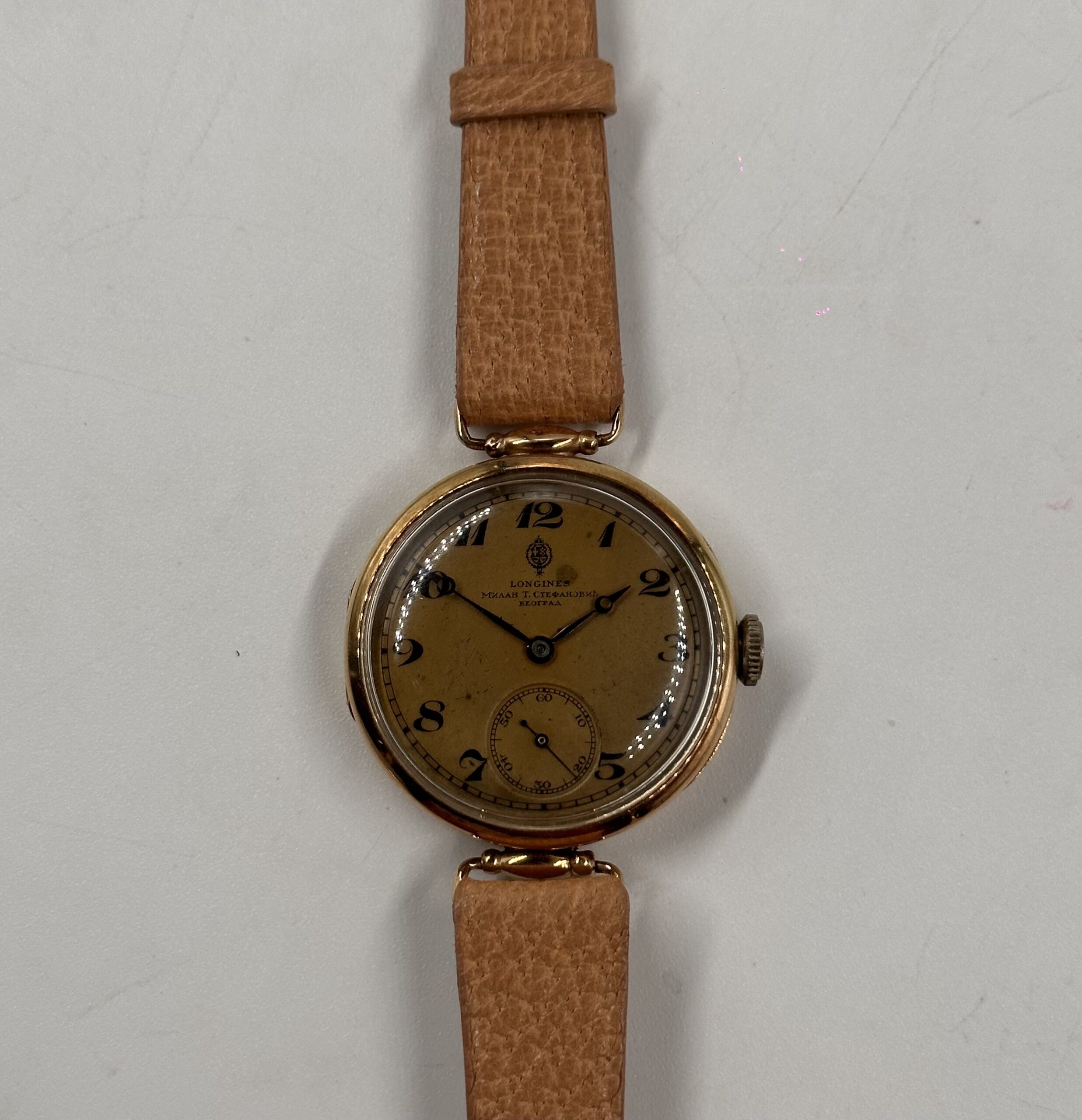

Cartier kit – 1927
Of all the historical items of the Karadjordjevic family that Cartier keeps in its archive, the most beautiful one is the golden vanity case of King Alexander I Karadjordjevic. Yes, I love watches, and yes, I should write about them the most, but I cannot remain immune to the perfection of craftsmanship of Cartier’s jewelry and accessories. King Alexander I commissioned the vanity case to hold essential items, among which his comb was preserved as well!
This item was purchased by the king in 1927, when Alexander I was 29 years old! It was made of gold, with diamond edges and diamond initials on the top. As you can see, Alexander I had his initials AK with a crown above them, all filled with diamonds. The same initials were present on his watches. Therefore, I assume that on the wristwatch from 1921, precisely on its case cover, these same initials can be found.
In the case, everything is made of gold, and a surname (currently unknown to me) is inscribed in fine handwriting, followed by the date: ninth February 19XX (due to the gold bar, it is impossible to see the exact year).
Cartier fibula brooch – 1928
The fibula brooch made of white gold with diamonds was fully delivered to the Kingdom of SHS in 1928. It was personally purchased by the queen. The wife of Alexander I Karađorđević was Princess Maria Karadjordjevic, formerly Princess of Romania, who was 28 years old at that time.
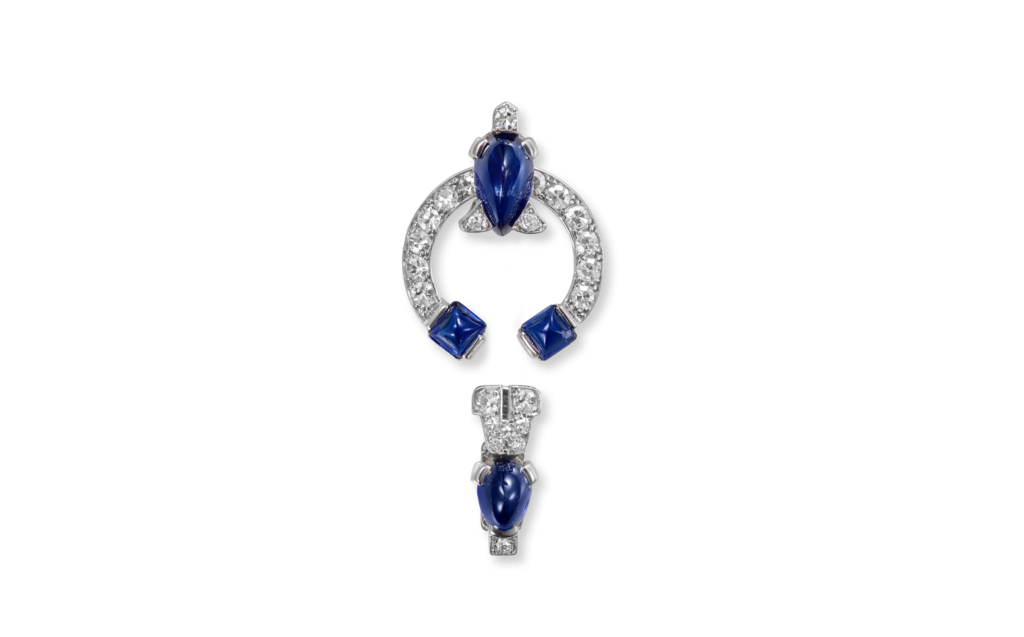
Honor and pleasure
As a person who is 27 years old and has been given the honor of presenting something so grand and meaningful to a broader audience in the Balkans, you have every right to feel proud. The fact that the documents from this text, which are part of Cartier Collections, have never been made public before, adds to the importance of your contribution. Grateful and proud. Simple as that. Thank you for your time.
Every word of this text and the photos used with the specified source “Nils Herrmann, Cartier Collection © Cartier” are protected by copyright, and any copying, downloading without permission, paraphrasing or quoting the news is not allowed without the author’s prior consent. Otherwise, it is punishable.
Strahinja Đorić,
Belgrade, July 2023.




